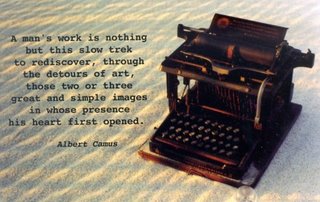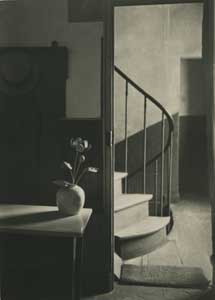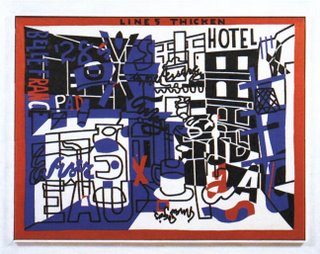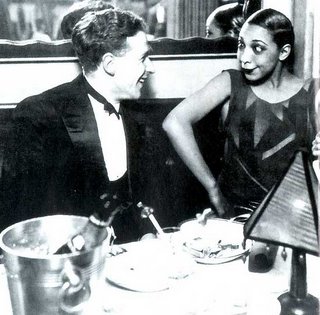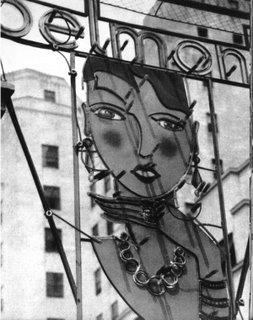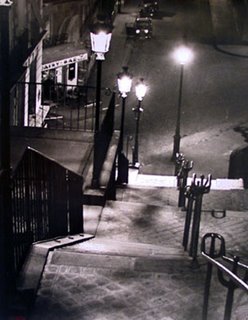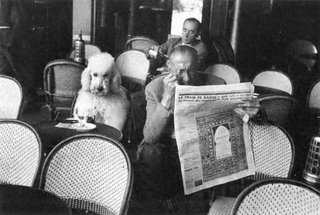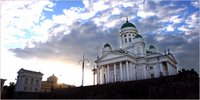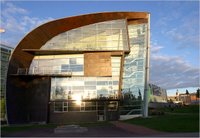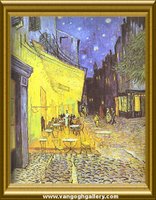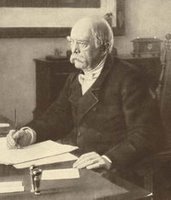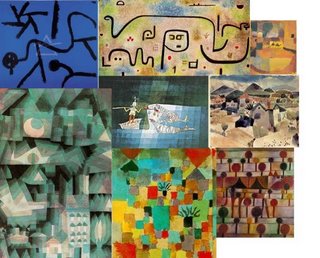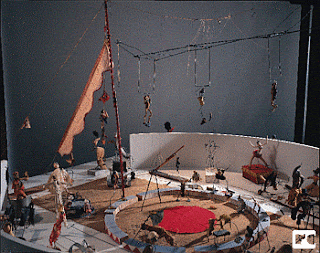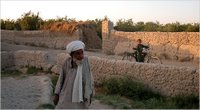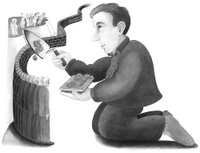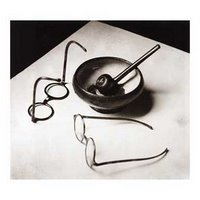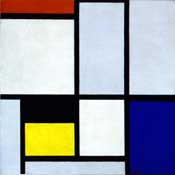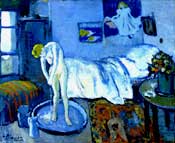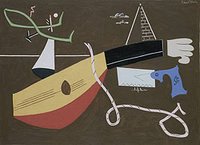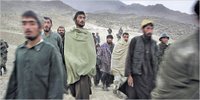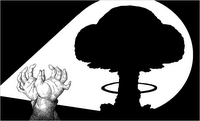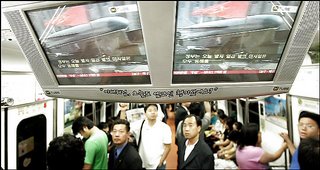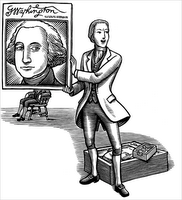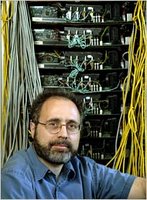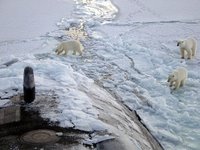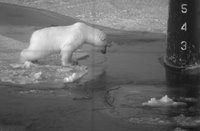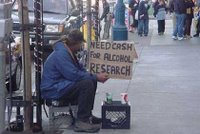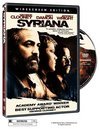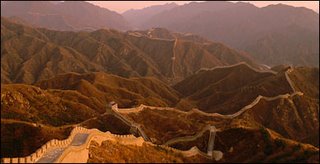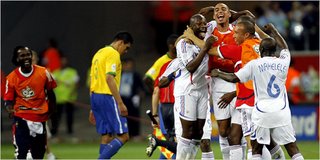
Italy won the World Championship after a fabulous
finale. My heart was for the French team, but here is the beauty of soccer - you never know up to the end.
Only I watched the game in a very weird way - I was on the 16th Street, then on the wooden banks of Rock Creek, I was calling Bucharest from time to time on my cell, to keep me updated with the evolution of the score.
It's a long time I was dreaming to take the 16th Street from start to the end. I did it at last.
I left the metro at the Mc Pherson Square, near the White House.
There is a park behind the White House - the statue of president Andrew Jackson in the middle - the general is dressed in his military uniform and riding his horse. On the corner of the park, four statues: La Fayette, Kosciuszko, Von Steuben, Clarambau, they came to fight in the Independence War, the four great European heroes of the American War for Independence.
16th Street start with St. John Episcopal Church, followed by the AFL-CIO
building.
Then comes the K Street - with the elegant Capitol Hilton Hotel, a splendid Palazzio, I take place across, at the terrace of a Starbucks - in the NY Times an op-ed by David Brooks: The Liberal Inquisition. It's just what I think, Kossaks attack Lieberman unrigthly - the Connecticut senator is only a balanced man who tries to not convert politics into a fundamentalist religion.
The University Club in Sakharov Place, across the National Geographic Society. I was there some time ago, to see the manuscript of Judas Gospel.
The American Chemical Association, and I am crossing the M Street. On the left the Saint Mathews Catholic Cathedral. The funeral service for president Kennedy was there, in the huge church were together De Gaulle, Mikoyan, the Romanian delegation was led by Gaston Marin. I watched then the service on the Romanian TV.
I was one day here - there was a very high class wedding, gentlemen with tuxedos, even tail coats. On the stairs at the entrance there was a bagpiper, with kilt, of course, so I went to him and said teasingly, Hola amigo, he smiled and answered What's up, I'm fine, I replied, only you buddy seem to have a problem, he started to laugh, he was very young and understood my joke.
The Scott Circle (Massachusetts and Rhode Island Avenues) and the Hahnemann Memorial (SIMILIA SIMILBUS CURENTUR - well, it seems Latin to me), Die milde Macht ist gross, Mild Power Is Large - and I remembered the op-ed written by David Brooks - I don't think Lieberman is wrong in his approaches.
First Baptist Church, Bar Rogue (with lots of kind-of Venus copies in front). The CTIA (The Wireless Association). The Carnegie Institution. The FOUNDRY Church.
P Street with the JCC (Jewish Community Center) - a world premiere here, Picasso's Closet, by Ariel Dorfman. What could we find there, in his closet? The real Picasso, maybe?
The Swedenborgian Church of the Holy City, and the Masonic Temple. The Universalist Church. Follows the City within the City, which starts with the Trinity Religious Temple Church. Wow, it seems here is the Holly Highway!
And the 16th Street starts to go up toward Columbia Heights. And I find out here a splendid park, I didn't know of it at all, the Meridian Hill Park, with a splendid fountain - the water flows down on stone stairs to a huge pool in front of the Buchanan Memorial. And the statue of Dante is nel mezzo del camin.
Now I am crossing the Euclid Street, with the Inter American Mutual Defense Board on one corner. Across is Howard University Meridian Hill Hall, and the Mexican Cultural Centre, with a huge granite in front (reminding me of the Inner Thought carved by Noguchi, in view at the National Gallery)
The Scottish Rite Temple, as massive as the other Masonic one, followed by the Unification Church (the Peace King Center, a non-denominational church, as some youngsters explained to me), and across the Unitarian Church (of All Souls, with a huge poster in front, Save Darfur).
Now the 16tht Street is crossing the Columbia Road. We are in Columbia Heights. Naturally, the National Baptist Memorial Church, and the Meridian Hill Baptist Church across.
The Santuario del Sagrado Corazon, with a statue of cardinal Gibbons in a very small park - and I am suddenly inside the Hispanic world, full of noise and joy.
The Mount Zion Church, the Church of God, okay, enough churches! The Greek Orthodox Church of Saints Constantine and Helen. Its superb architecture reminds me of the churches in Egeean islands. I 'd so much like to be there some time! Words of a short prayer are flowing through my mind.
A sign, on the left a Russian Orthodox Cathedral, of Saint John the Baptist.
Then the Orthodox Antiochian Church of Saint George - a very modern architecture. Too bad it's closed.
The Church of the Nazarene, a Japanese Buddhist Temple, and at last, the road to the Carter-Barron open air theatre. I am now within the woods! Calls in Bucharest from my cell, to find out the results form France-Italy. I am descending to the Rock Creek, there is an asphalt trail and a horse trail, I choose the second, very soon a huge tree lies on the path, it's there from the terrible storms of the last week, I have to go down to the banks of the creek - finally I arrive at the Pierce Mill - the result of the soccer game is 4-3, the last two goals marked while I am on the cell.
Again in the city, on the Connecticut Avenue, towards the Van Ness-UDC metro station. A car with the Italian flag. That's the beauty of soccer - the ball is round and the chance is changing.
 Sans cafés et journaux, il serait difficile de voyager. Un journal, un endroit pour frotter durant la soirée les épaules avec d'autres nous permettent d'imiter les gestes familiers de l'homme que nous étions à la maison, qui, vu d'une distance, nous semblent tellement un étranger.
Sans cafés et journaux, il serait difficile de voyager. Un journal, un endroit pour frotter durant la soirée les épaules avec d'autres nous permettent d'imiter les gestes familiers de l'homme que nous étions à la maison, qui, vu d'une distance, nous semblent tellement un étranger.